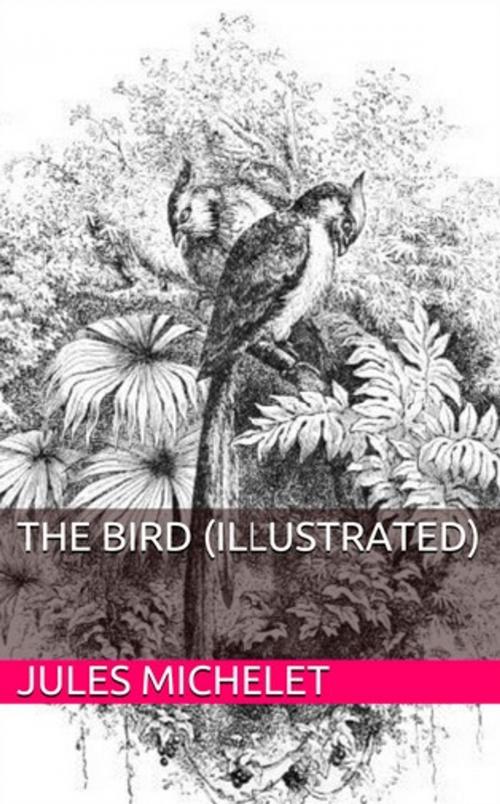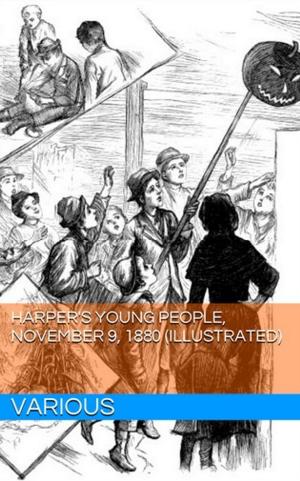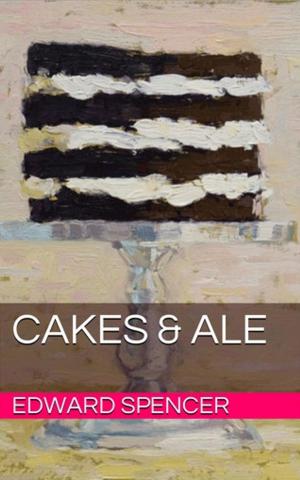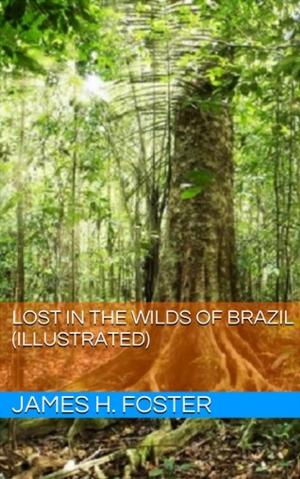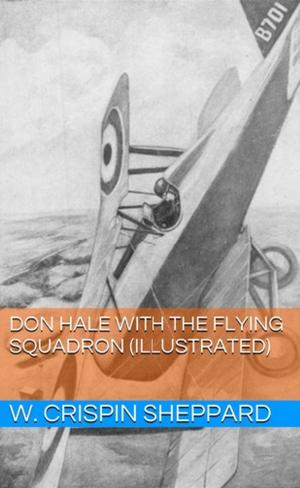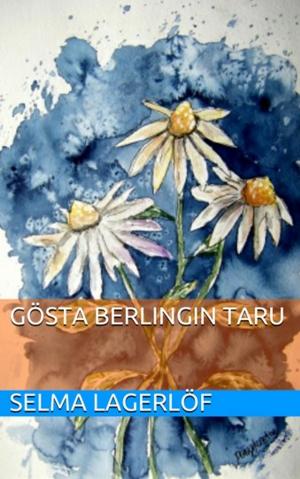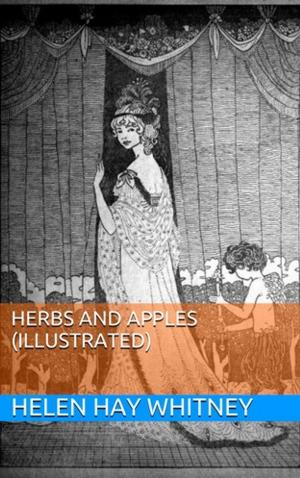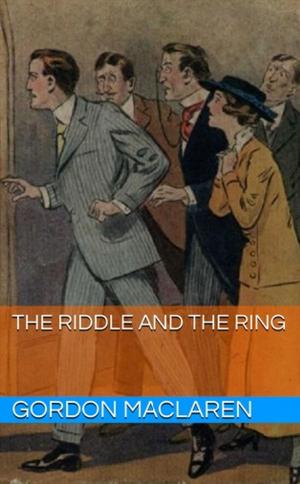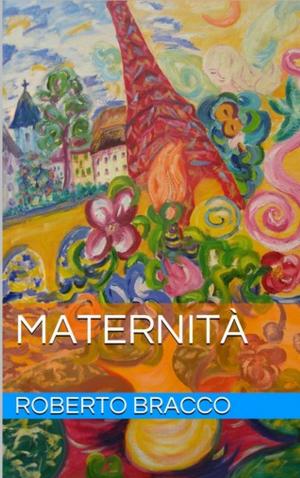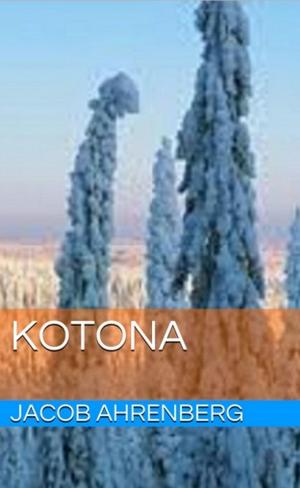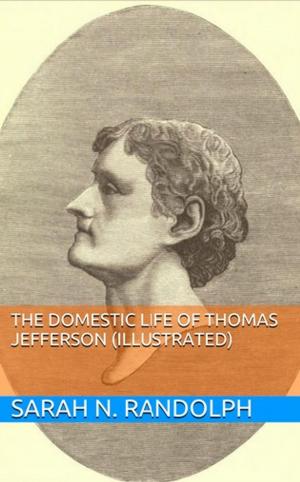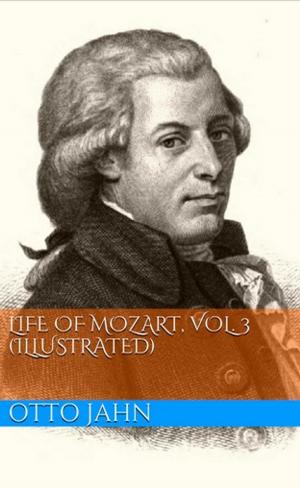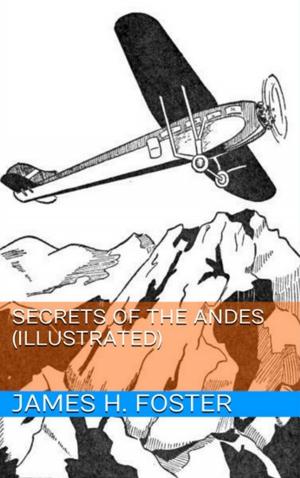The Bird (Illustrated)
Nonfiction, Science & Nature, Nature, Animals, Birds & Birdwatching, Wildlife| Author: | Jules Michelet | ISBN: | 1230000156046 |
| Publisher: | Lost Leaf Publications | Publication: | July 30, 2013 |
| Imprint: | Language: | English |
| Author: | Jules Michelet |
| ISBN: | 1230000156046 |
| Publisher: | Lost Leaf Publications |
| Publication: | July 30, 2013 |
| Imprint: | |
| Language: | English |
Translator's Preface.
Oiseau," or "The Bird," was first published in 1856. It has since been followed by "L'Insecte" and "La Mer;" the three works forming a trilogy which few writers have surpassed in grace of style, beauty of description, and suggestiveness of sentiment. "L'Oiseau" may be briefly described as an eloquent defence of the Bird in its relation to man, and a poetical exposition of the attractiveness of Natural History. It is animated by a fine and tender spirit, and written with an inimitable charm of language.
In submitting the following translation to the English public, I am conscious of an urgent need that I should apologize for its shortcomings. It is no easy matter to do justice to Michelet in English; yet, if I have failed to convey a just idea of his beauties of expression, if I have suffered most of the undefinable aroma of his style to escape, I believe I have rendered his meaning faithfully, without exaggeration or diminution. I have endeavoured to preserve, as far as possible, his more characteristic peculiarities, and even mannerisms, carrying the literalness of my version to an extent which some critics, perhaps, will be disposed to censure. But in copying the masterpiece [Pg viii] of a great artist, what we ask of the copyist is, that he will reproduce every effect of light and shade with the severest accuracy; and, in the translation of a noble work from one language to another, the public have a right to demand the same exact adherence to the original. They want to see as much of the author as they can, and as little as may be of the translator.
The present version is from the eighth edition of "L'Oiseau," and is adorned with all the original Illustrations.
Contents.
INTRODUCTION.
Page
HOW THE AUTHOR WAS LED TO THE STUDY OF NATURE, 13
PART FIRST.
THE EGG, 63
THE POLE—AQUATIC BIRDS, 71
THE WING, 81
THE FIRST FLUTTERINGS OF THE WING, 91
TRIUMPH OF THE WING—THE FRIGATE BIRD, 101
THE SHORES—DECAY OF CERTAIN SPECIES, 111
THE HERONRIES OF AMERICA—WILSON, THE ORNITHOLOGIST, 121
THE COMBAT—THE TROPICAL REGIONS, 131
PURIFICATION, 143
DEATH—BIRDS OF PREY (THE RAPTORES), 153
PART SECOND.
THE LIGHT—THE NIGHT, 171
STORM AND WINTER—MIGRATIONS, 181
MIGRATIONS, Continued—THE SWALLOW, 193
HARMONIES OF THE TEMPERATE ZONE, 205
THE BIRD AS THE LABOURER OF MAN, 213
LABOUR—THE WOODPECKER, 223 [Pg x]
THE SONG, 235
THE NEST—ARCHITECTURE OF BIRDS, 247
THE COMMUNITIES OF BIRDS—ESSAYS AT A REPUBLIC, 257
EDUCATION, 265
THE NIGHTINGALE—ART AND THE INFINITE, 277
THE NIGHTINGALE, Continued, 287
CONCLUSION, 297
ILLUSTRATIVE NOTES, 311
How the Author was led to the Study of Nature.
o my faithful friend, the Public, who has listened to me for so long a period without disfavour, I owe a confession of the peculiar circumstances which, while not leading me altogether astray from history, have induced me to devote myself to the natural sciences.
The book which I now publish may be described as the offspring of the domestic circle and the home fireside. It is from our hours of rest, our afternoon conversations, our winter readings, our summer gossips, that this book, if it be a book, has been gradually evolved.
Two studious persons, naturally reunited after a day's toil, put together their gleanings, and refreshed their hearts by this closing evening feast.
Am I saying that we have had no other assistance? To make [Pg 14] such a statement would be unjust, ungrateful. The domesticated swallows which lodged under our roof mingled in our conversation. The homely robin, fluttering around me, interjected his tender notes, and sometimes the nightingale suspended it by her solemn music.
Translator's Preface.
Oiseau," or "The Bird," was first published in 1856. It has since been followed by "L'Insecte" and "La Mer;" the three works forming a trilogy which few writers have surpassed in grace of style, beauty of description, and suggestiveness of sentiment. "L'Oiseau" may be briefly described as an eloquent defence of the Bird in its relation to man, and a poetical exposition of the attractiveness of Natural History. It is animated by a fine and tender spirit, and written with an inimitable charm of language.
In submitting the following translation to the English public, I am conscious of an urgent need that I should apologize for its shortcomings. It is no easy matter to do justice to Michelet in English; yet, if I have failed to convey a just idea of his beauties of expression, if I have suffered most of the undefinable aroma of his style to escape, I believe I have rendered his meaning faithfully, without exaggeration or diminution. I have endeavoured to preserve, as far as possible, his more characteristic peculiarities, and even mannerisms, carrying the literalness of my version to an extent which some critics, perhaps, will be disposed to censure. But in copying the masterpiece [Pg viii] of a great artist, what we ask of the copyist is, that he will reproduce every effect of light and shade with the severest accuracy; and, in the translation of a noble work from one language to another, the public have a right to demand the same exact adherence to the original. They want to see as much of the author as they can, and as little as may be of the translator.
The present version is from the eighth edition of "L'Oiseau," and is adorned with all the original Illustrations.
Contents.
INTRODUCTION.
Page
HOW THE AUTHOR WAS LED TO THE STUDY OF NATURE, 13
PART FIRST.
THE EGG, 63
THE POLE—AQUATIC BIRDS, 71
THE WING, 81
THE FIRST FLUTTERINGS OF THE WING, 91
TRIUMPH OF THE WING—THE FRIGATE BIRD, 101
THE SHORES—DECAY OF CERTAIN SPECIES, 111
THE HERONRIES OF AMERICA—WILSON, THE ORNITHOLOGIST, 121
THE COMBAT—THE TROPICAL REGIONS, 131
PURIFICATION, 143
DEATH—BIRDS OF PREY (THE RAPTORES), 153
PART SECOND.
THE LIGHT—THE NIGHT, 171
STORM AND WINTER—MIGRATIONS, 181
MIGRATIONS, Continued—THE SWALLOW, 193
HARMONIES OF THE TEMPERATE ZONE, 205
THE BIRD AS THE LABOURER OF MAN, 213
LABOUR—THE WOODPECKER, 223 [Pg x]
THE SONG, 235
THE NEST—ARCHITECTURE OF BIRDS, 247
THE COMMUNITIES OF BIRDS—ESSAYS AT A REPUBLIC, 257
EDUCATION, 265
THE NIGHTINGALE—ART AND THE INFINITE, 277
THE NIGHTINGALE, Continued, 287
CONCLUSION, 297
ILLUSTRATIVE NOTES, 311
How the Author was led to the Study of Nature.
o my faithful friend, the Public, who has listened to me for so long a period without disfavour, I owe a confession of the peculiar circumstances which, while not leading me altogether astray from history, have induced me to devote myself to the natural sciences.
The book which I now publish may be described as the offspring of the domestic circle and the home fireside. It is from our hours of rest, our afternoon conversations, our winter readings, our summer gossips, that this book, if it be a book, has been gradually evolved.
Two studious persons, naturally reunited after a day's toil, put together their gleanings, and refreshed their hearts by this closing evening feast.
Am I saying that we have had no other assistance? To make [Pg 14] such a statement would be unjust, ungrateful. The domesticated swallows which lodged under our roof mingled in our conversation. The homely robin, fluttering around me, interjected his tender notes, and sometimes the nightingale suspended it by her solemn music.
